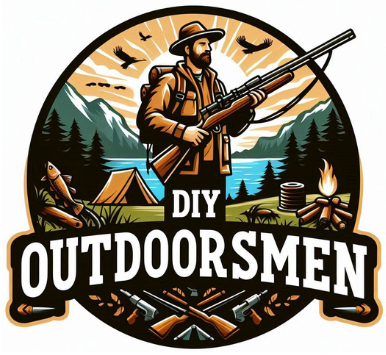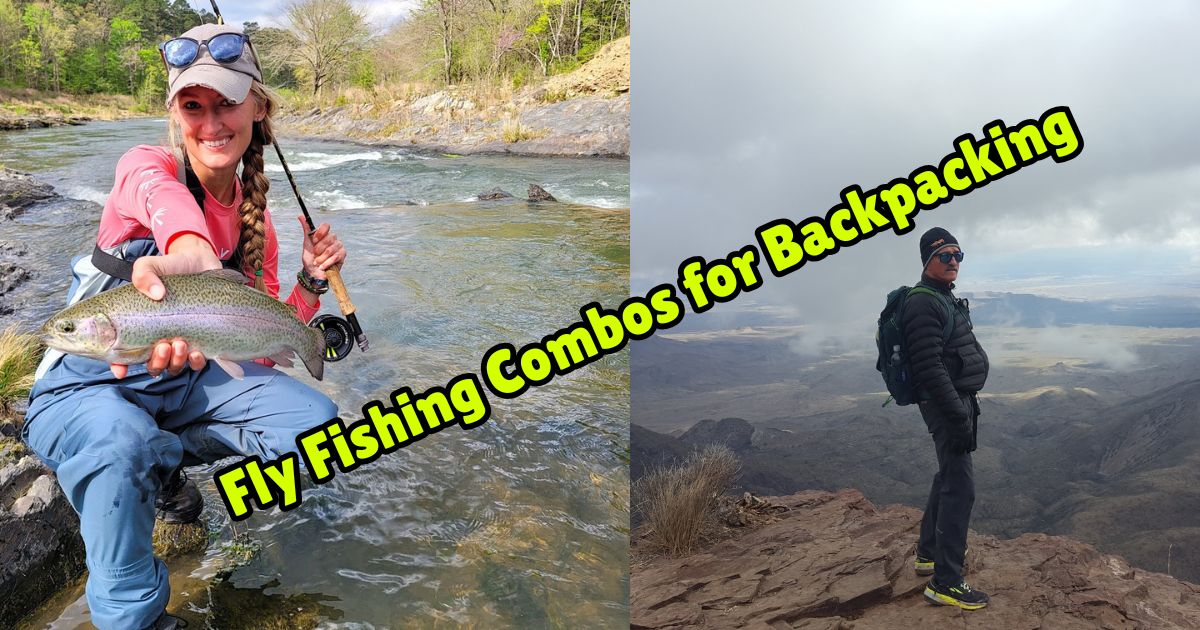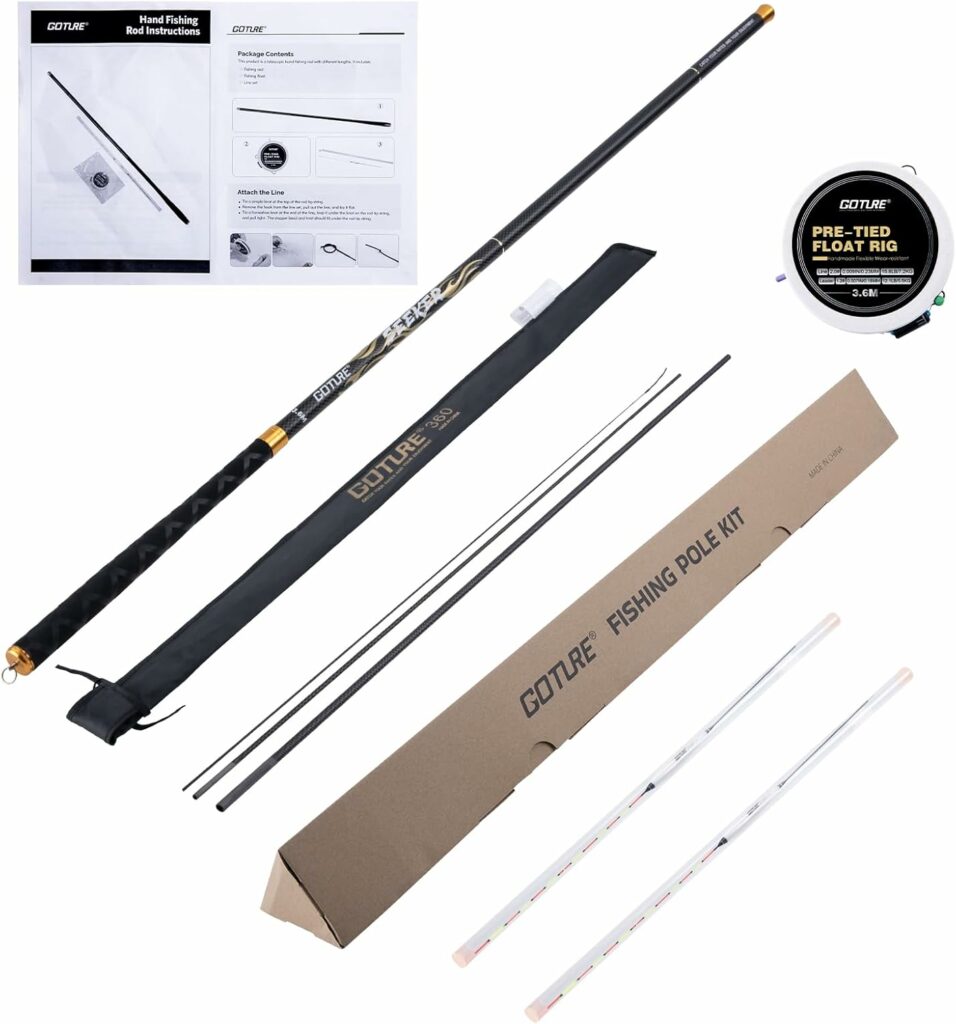Contents
- 1 Choosing the Right Rod Weight for Backpacking Fly Fishing
- 2 Selecting a Reel That Balances Lightweight and Value
- 3 Matching Rod Action to Your Casting Style
- 4 Tenkara vs. Western Rods: Which Makes Sense for Backpacking?
- 5 Picking a Reliable Brand While Staying on Budget
- 6 Getting More Value by Buying Combos and Watching for Deals
- 7 Packing Tips and Trail Setup Suggestions
- 8 Final Thoughts
Backpacking with a fly rod is a rewarding way to access overlooked fishing spots without breaking the bank or your back. As someone who spends a lot of time hiking into hidden creeks and high mountain lakes, I know it can be overwhelming to choose a rod and reel combo that fits both your pack and your budget.
QUICK LOOK: Tips for Budget-Friendly Backpacking Fly Rod Combos
- For most mountain fishing, I carry a 5WT. It handles a wide range of fish sizes and is light enough to move easily on the trail.
- For tighter creeks or chasing smaller fish, a shorter and even lighter 3WT adds a little fun without extra ounces in your pack.
- Basic disc drag or click-and-pawl systems are plenty and lower the price.
- Composite reels generally run lighter and cost less than machined aluminum at entry-level points.
- Medium and medium-fast actions provide better control and are easier for most newer anglers. They handle short casts in tight quarters—just what you’ll face on small streams.
- If your home setup is fast action, look for a backpacking rod marketed as fast or medium-fast so casting feels familiar out in the woods.
- Combos are a big help for anyone not sure how to match the right rod and reel, or who doesn’t want to piece together a setup from scratch.
- Discontinued or clearance models bring major value. I always check for end-of-season sales at smaller tackle shops and big-box retailers online. Signing up for store emails nabs you flash sale alerts while supplies last.
Many newer anglers are unsure if reaching backcountry trout requires hauling heavy, expensive gear up the trail. You’ll be glad to know plenty of affordable kits deliver lightweight portability and solid performance for a day, or an entire weekend, on the trail.
This guide walks through how I track down affordable, high-quality backpacking fly rod combos. Whether you’re putting together your first hiking setup or searching for a reliable backup, you should find simple steps that help you save time, money, and maybe even some daylight while out fishing.
Choosing the Right Rod Weight for Backpacking Fly Fishing
Rod weight, labeled as “WT,” is key for matching your rod to your fishing targets. WT simply refers to the size of the fly line the rod is made to cast. If you’re backpacking for trout or small bass, a 4WT or 5WT combo is ideal. These combos provide the versatility to handle creeks, alpine lakes, and even occasional bigger waters, while staying light enough for long hikes. If you’re sticking to tiny streams after small trout or panfish, a 3WT works, but you might lose some distance and battle with wind.
- For most mountain fishing, I carry a 5WT. It handles a wide range of fish sizes and is light enough to move easily on the trail.
- For tighter creeks or chasing smaller fish, a shorter and even lighter 3WT adds a little fun without extra ounces in your pack.
Choosing rod weight based on your style saves money and avoids lugging extra equipment. Most budget backpack travel rod combos are available as 4WT, 5WT, or 6WT—with 5WT being the safest pick if you want just one setup that “does it all.”
Selecting a Reel That Balances Lightweight and Value
The best budget backpacking fly reels keep things simple, dependable, and perfectly matched to your rod. For a 5WT rod, look for a reel labeled 4/5 or 5/6. You won’t be battling trophy fish most of the time while hiking, so ultimate drag power is less crucial. I prioritize shaving off extra weight and making sure the reel holds enough line for typical trout water.
- Basic disc drag or click-and-pawl systems are plenty and lower the price.
- Composite reels generally run lighter and cost less than machined aluminum at entry-level points.
Combos that come with pre-spooled line can save a few bucks. I fish a basic kit line until it wears out, then swap in a better line if I want to cast farther or handle tougher water.
Matching Rod Action to Your Casting Style
Rod action describes the flexibility or stiffness of the rod during a cast. This feature ranges from slow (very flexible) to fast (stiff tip). I find adapting much easier by picking a rod whose action matches my everyday gear. If you’re used to a medium-fast action, a slow-action pack rod will feel sluggish. Check product descriptions for rod action info, and dig into reviews if you’re unsure.
- Medium and medium-fast actions provide better control and are easier for most newer anglers. They handle short casts in tight quarters—just what you’ll face on small streams.
- If your home setup is fast action, look for a backpacking rod marketed as fast or medium-fast so casting feels familiar out in the woods.
Most budget combos split the difference with a medium or medium-fast action, creating a forgiving, versatile tool for any trip.
Tenkara vs. Western Rods: Which Makes Sense for Backpacking?
Tenkara is a traditional Japanese fly fishing style that uses a long, compact rod, a fixed-length line, and no reel. Western-style setups use a rod, reel, and fly line. I’ve used both, and each has advantages for the budget-conscious backpacker.
Tenkara: Lightweight and Beginner-Friendly
- Collapses smaller and weighs less than almost any traditional rod and reel combo.
- Super easy to learn. Perfect for short-range casts at little streams.
- Usually cheaper for a full kit compared to most basic combos.
- Limited—tough to tackle big water or larger fish.
Western-Style Combos: More Versatile
- Longer casting and a wider range of fly patterns possible.
- Reel helps you handle longer runs from spunky trout.
- Packs down conveniently thanks to four or six-piece travel builds.
- Costs a bit more, and weighs an extra ounce or two, but shines on big lakes and rivers.
On quick high-country trips, I often reach for a Tenkara kit or a 4-piece 5WT combo. For routes where I might see creeks and big lakes, Western combos offer more freedom. If weight and simplicity top your list, especially as a newer backpacker, Tenkara is a smart choice for a first kit.
Picking a Reliable Brand While Staying on Budget
Brands known for quality and solid warranties now offer great deals at entry-level prices, reusing designs from their pricier flagship rods. I always check out these familiar names first—they’re more trustworthy, especially for gear you’ll depend on in remote places.
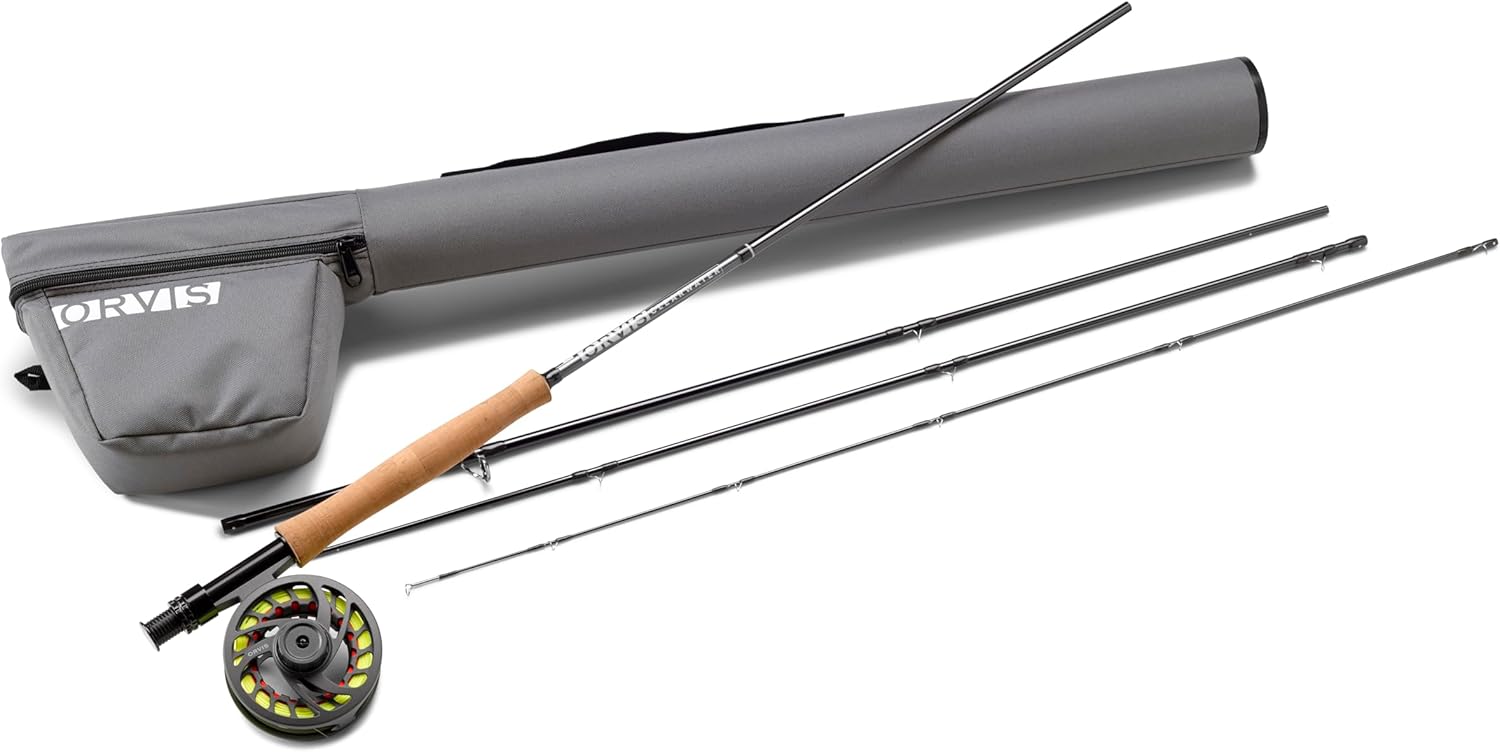
Orvis Clearwater Fly Outfit
Consistent builds, durable for travel, and performs better than many “no-name” combos. Solid warranty for peace of mind.
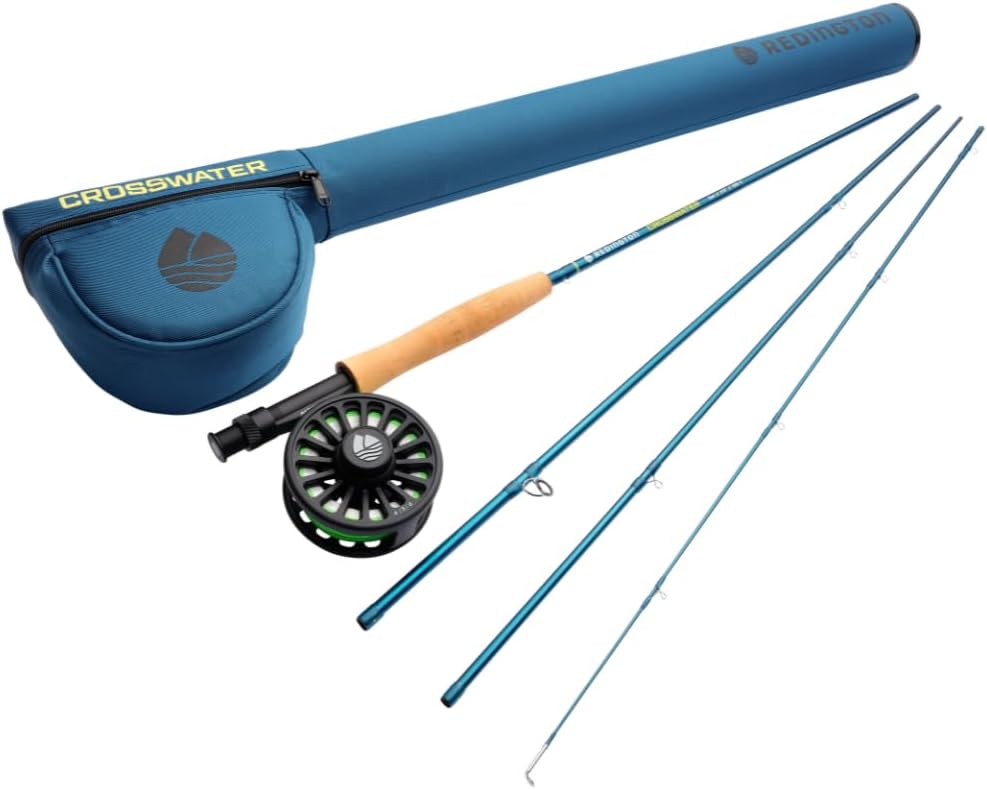
Redington Crosswater Combo
Good casting feel, balanced, and often discounted. Works well for both new and experienced hikers wanting a backup option.

Aventik Extreme Fly Fishing Combo Kit
.Aventik fly fishing rod and reel combo package is perfect for fishing in streams, rivers, lakes, and ponds. With this stalker rod, you can catch trout, panfish, or small bass with ease.
Generic combos sometimes cost less, but they break quicker and don’t inspire the same confidence in the wild. Paying a bit more for a respected brand protects your investment if you’re traveling or roughing it far from town.
Getting More Value by Buying Combos and Watching for Deals
Buying your rod, reel, and line as a combo will smooth the way for beginners, and the bundle usually costs less than shopping piece by piece. Combo kits come ready to fish—just add a leader and maybe a box of favorite flies. This saves time and money, especially when you’re new to fly fishing.
- Combos are a big help for anyone not sure how to match the right rod and reel, or who doesn’t want to piece together a setup from scratch.
- Discontinued or clearance models bring major value. I always check for end-of-season sales at smaller tackle shops and big-box retailers online. Signing up for store emails nabs you flash sale alerts while supplies last.
I’ve picked up top-quality combos at up to half off just by shopping smart and being patient. Even if you decide to buy used, name-brand gear is easier to fix or get replacement parts for than generic options. Plus, the warranty support can be worth it if something gets damaged while backpacking.
Packing Tips and Trail Setup Suggestions
Once I nail down a combo, packing for each trip is easy. Look for models that break into four or more pieces—these slide neatly into most backpack sleeves or lash to the outside straps. Tenkara rods fit inside my daypack’s bottle pocket or next to my sleeping pad.
- Carry a small reel pouch for extra care. Even lower-cost reels last longer if kept away from rocks and grit.
- Add a lightweight rod tube for extra durability, especially if bushwhacking off-trail—trust me, a snapped rod tip is a bad way to learn this lesson.
- Use compact fly boxes, simple nippers, and micro tippet spools to keep your kit ultralight.
I also highly recommend testing out your combo at a neighborhood pond before hitting the wilds. Getting comfortable with the feel, ironing out any tangles or knots ahead of time, can save you lots of hassle on your adventure.
Final Thoughts
Budget backpacking fly rod combos have never been better. With trusted brands, more size options, and travel-friendly designs, you’ll find plenty of high-quality gear for backcountry fishing. Focus on picking the right rod weight, matching reel, and a familiar casting action to make every trip comfortable.
Lightweight options like Tenkara kits unlock even more savings and simplicity for those who want to keep things lean. Shop for deals, stick to all-in-one combos when starting, and only pack what you need so your adventure is light on gear but loaded with memories. Careful planning has helped me catch more fish and enjoy more good times on the trail, and I hope it does the same for you.
Most Recent Articles:
- 5 Best Public Land Mule Deer Hunting In Colorado

- Bow Hunting For Mule Deer

- Best Public Land Mule Deer Hunting

- Drone-Based Scouting Services For Mule Deer
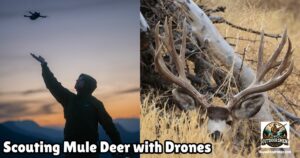
- Late Season Mule Deer Hunting Tips

- 8 Tips for Dealing with Hunting Pressure While Mule Deer Hunting
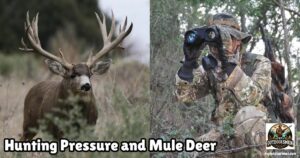
As always, stay safe, enjoy the journey, and please try to leave it cleaner than you found it. If you have any comments, questions, ideas, or suggestions, please leave them in the comment section below, and I’ll get back to you ASAP. You can follow us on YouTube: Man Art Creations for videos of our DIY Adventures.
P.S. Thanks so much for checking out our blog; we really appreciate it. Just so you know, we may receive a commission if you click on some of the links that appear on our site. This helps us keep our content free and up-to-date for everyone. We appreciate your support!
